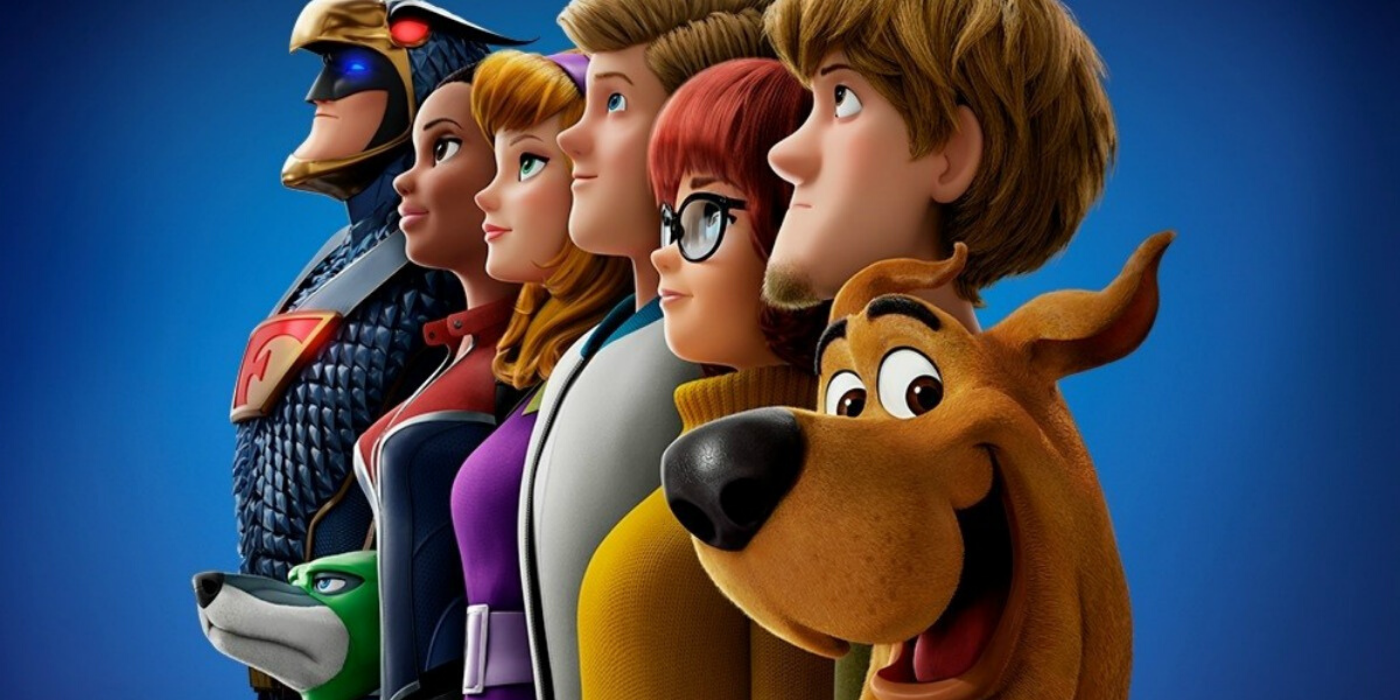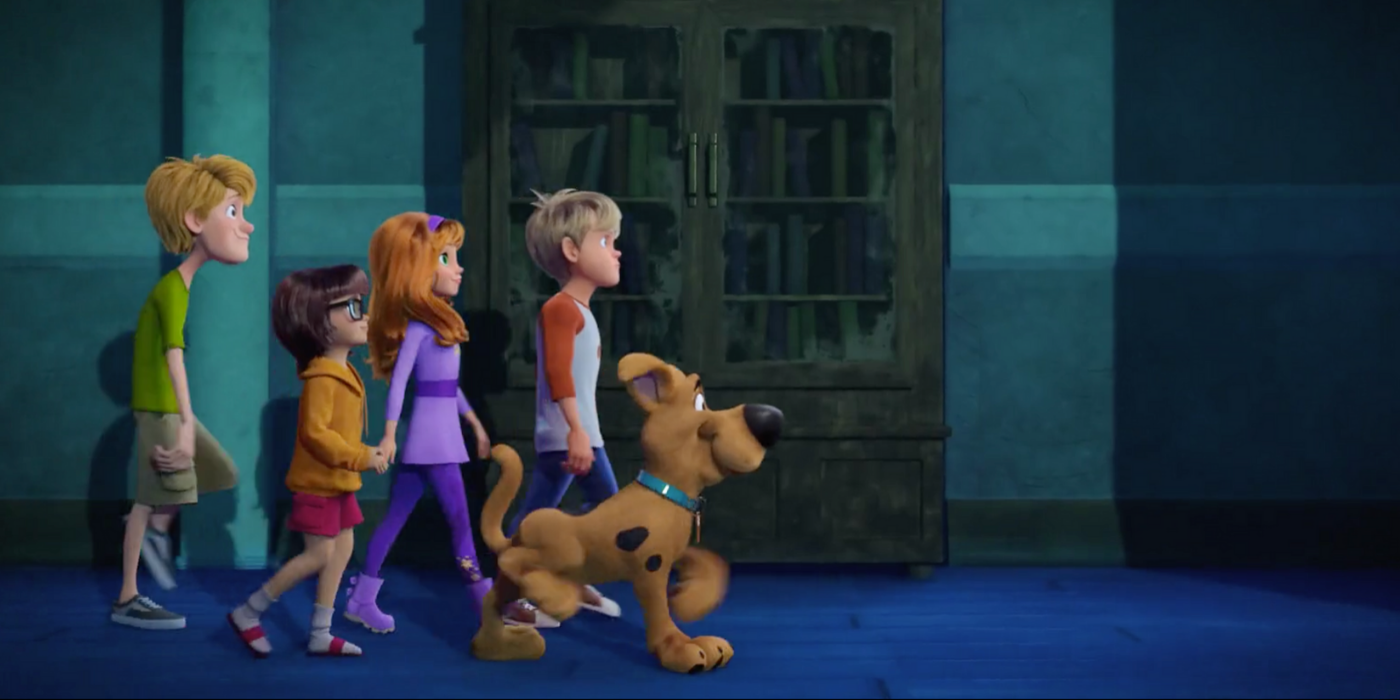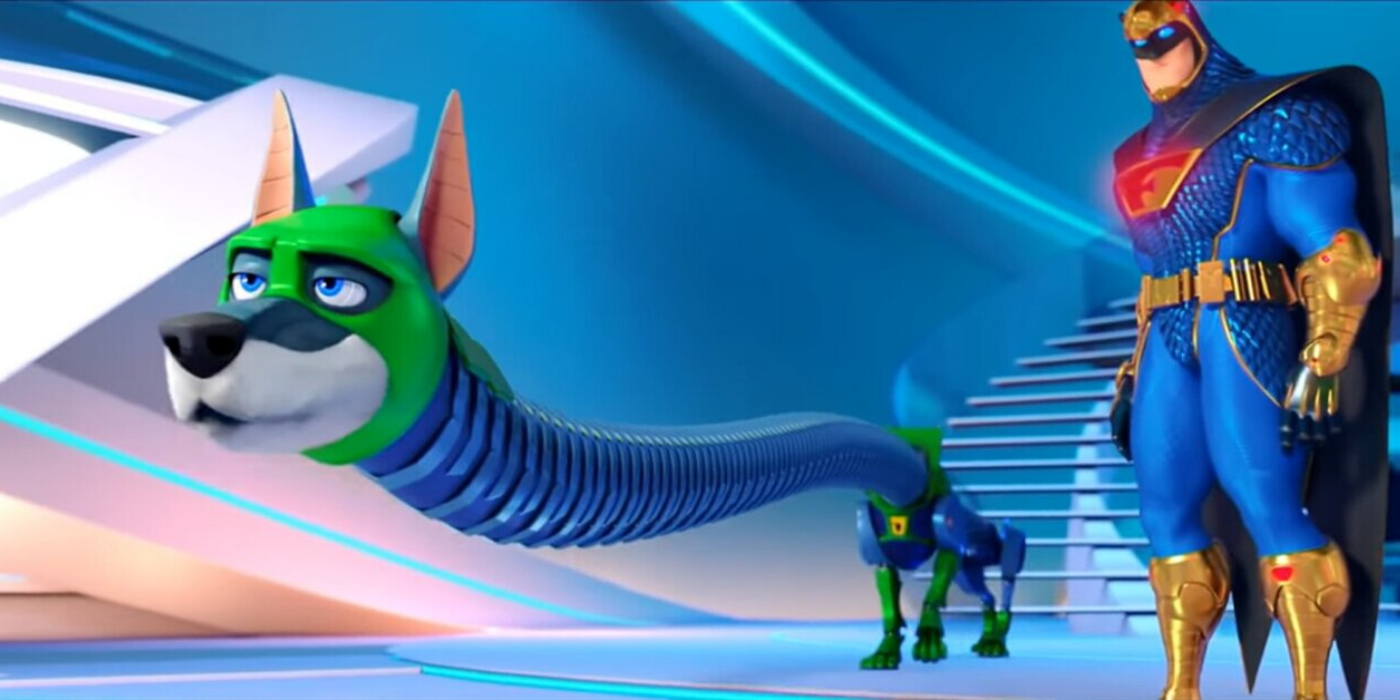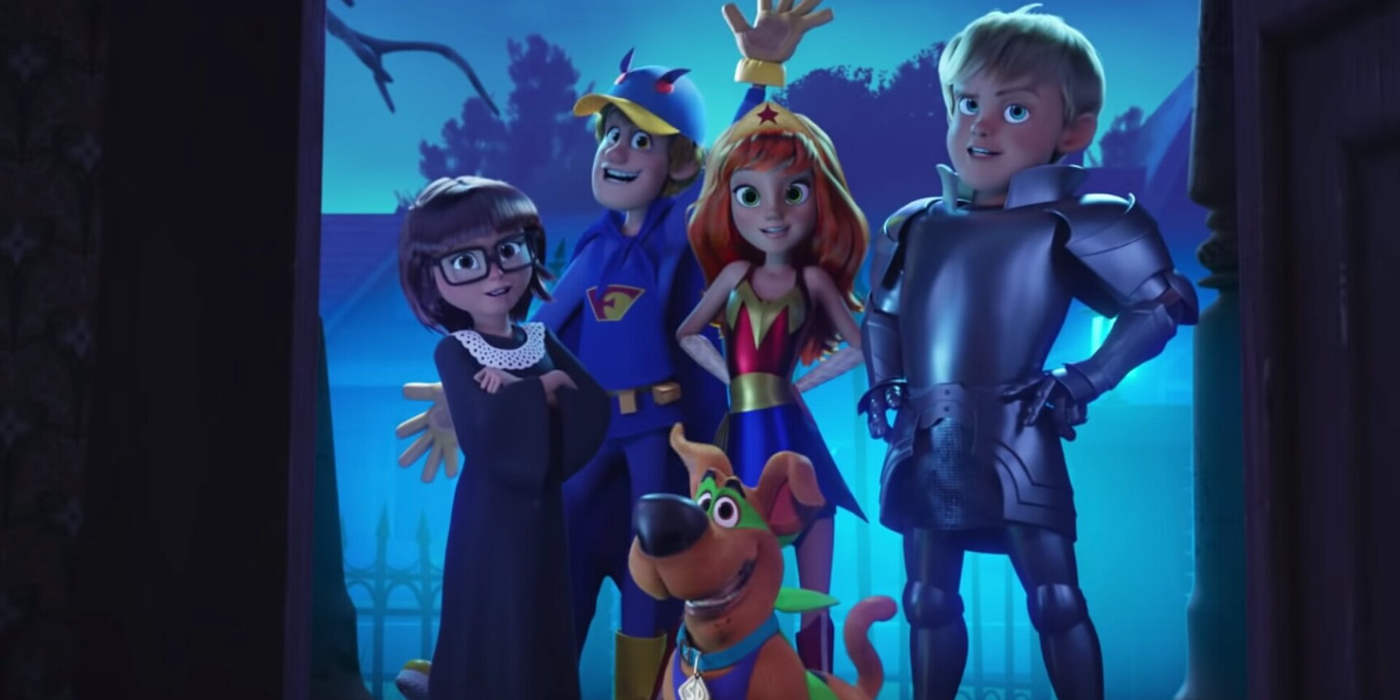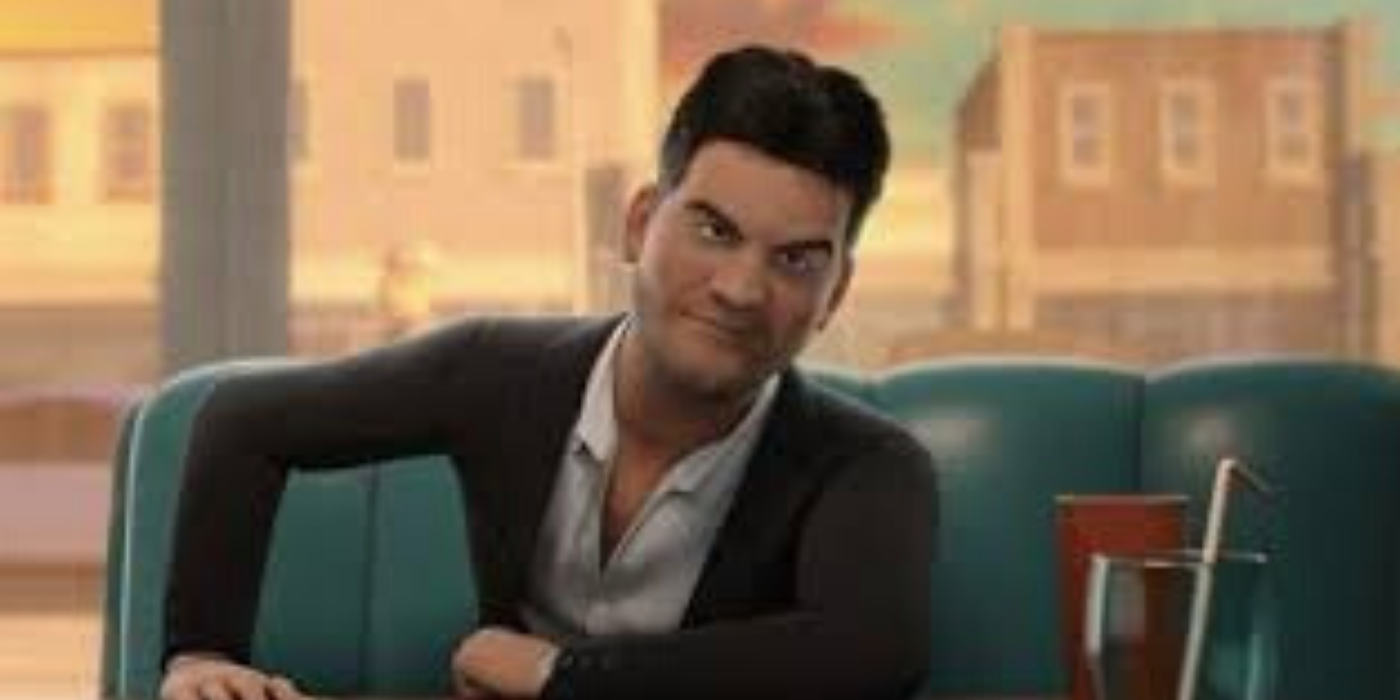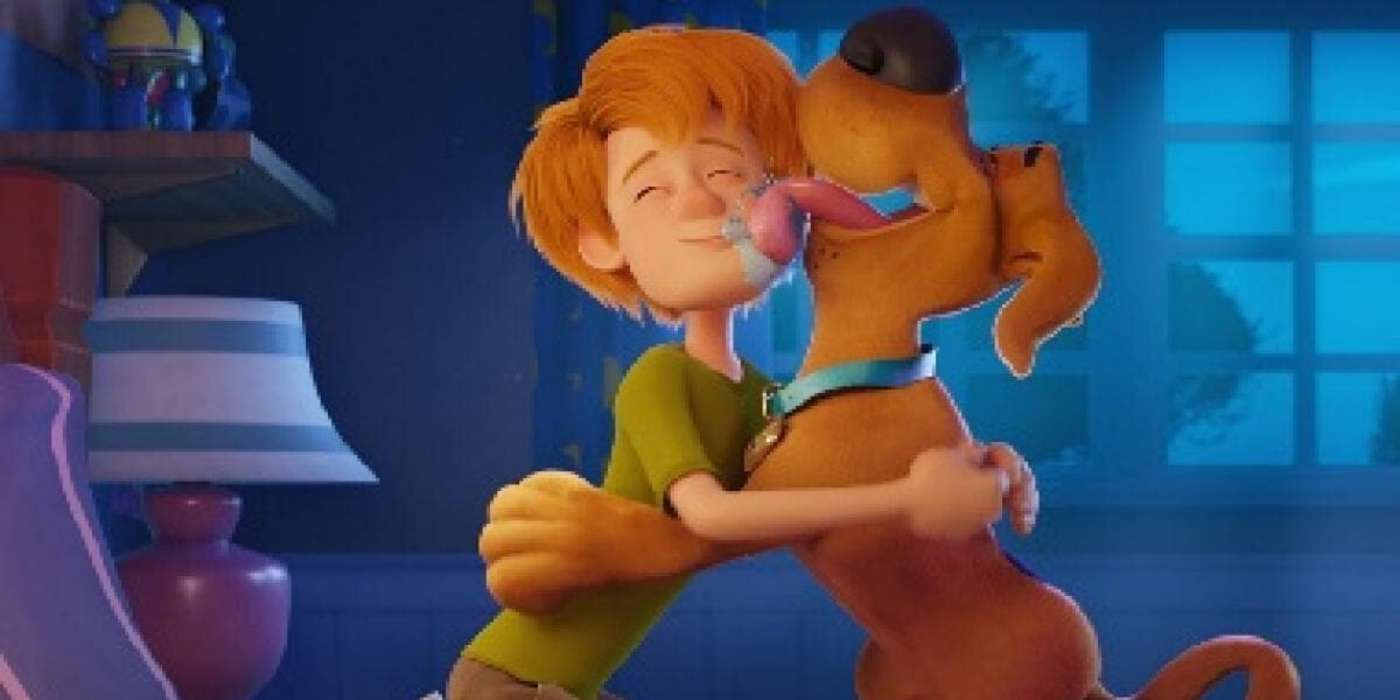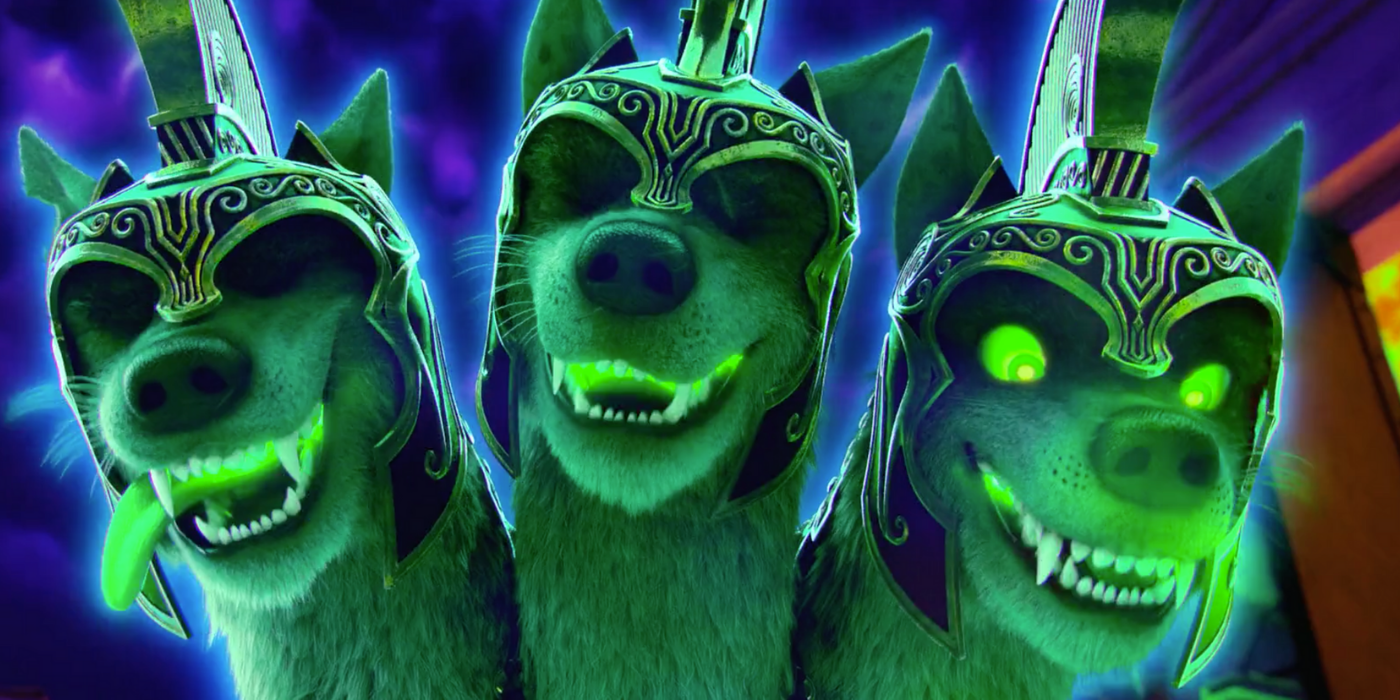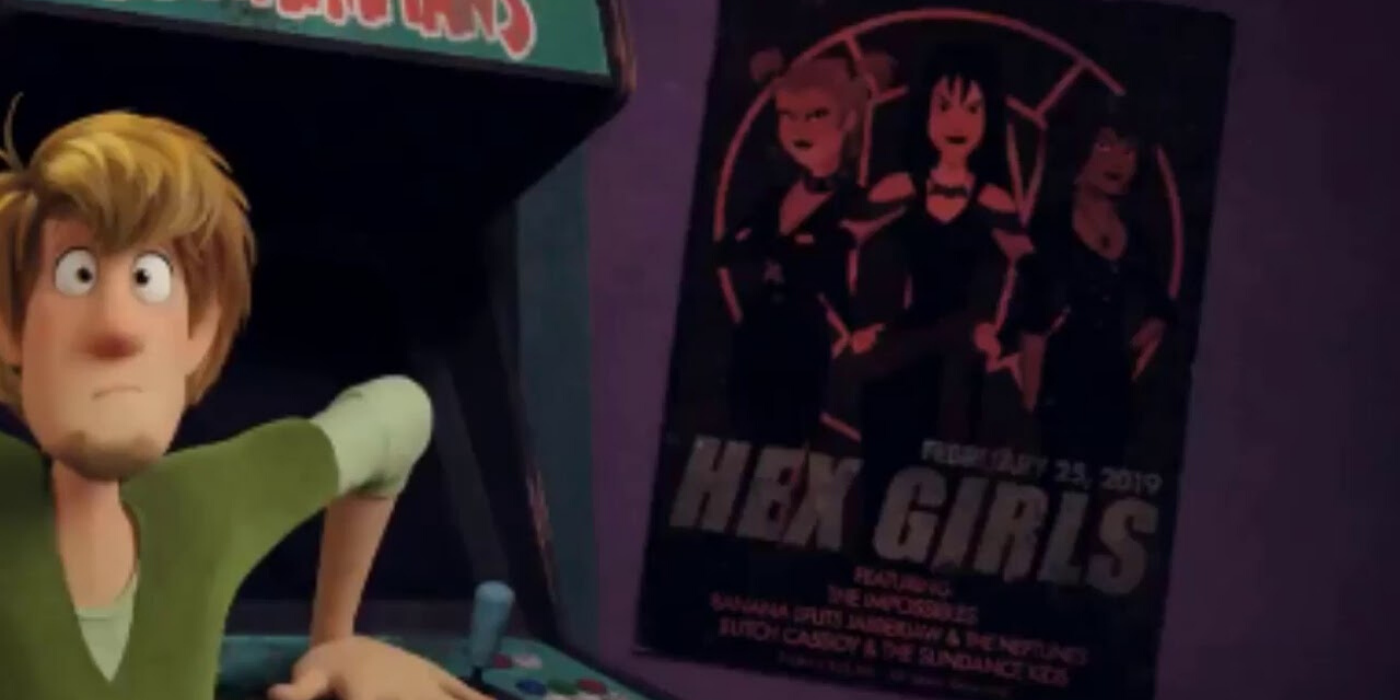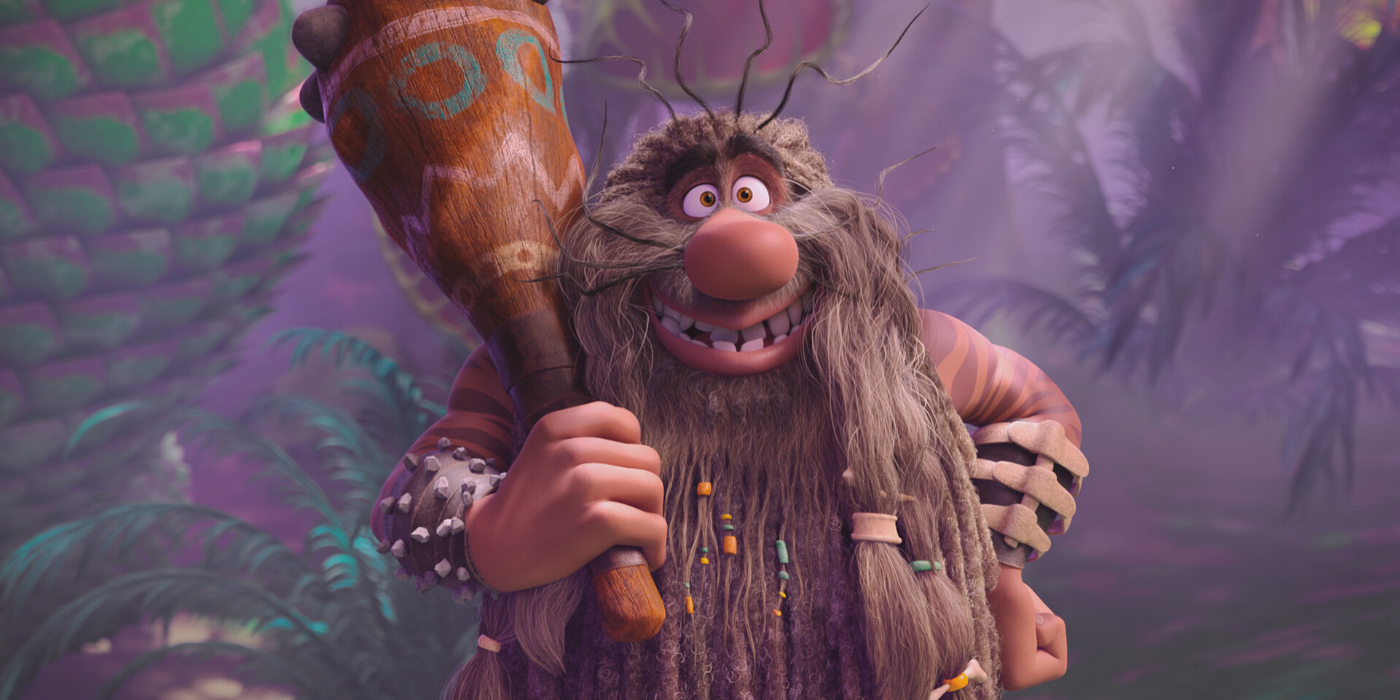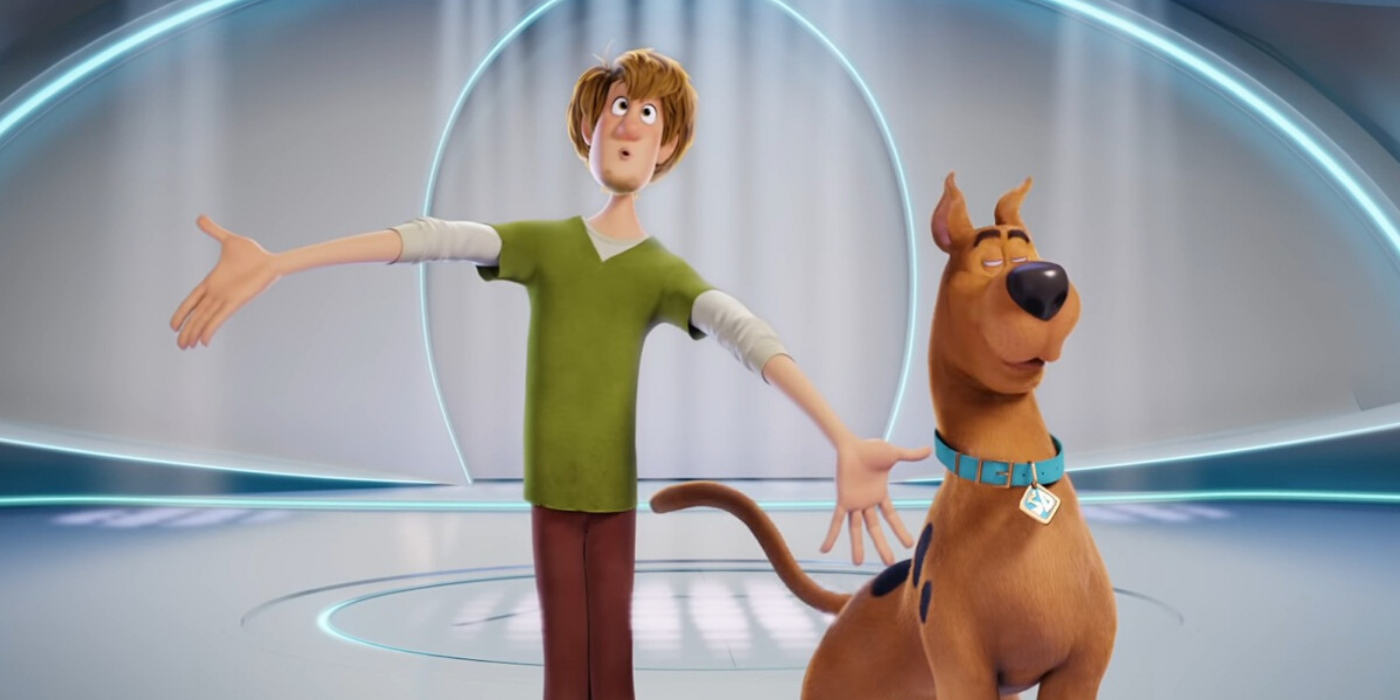The first Scooby-Doo cartoon hit television screens back in 1969. Over the next 5 decades, various spin-offs followed, where the characters were seen in both live-action films, and numerous short animated episodes. With each spin-off featuring distinct styles and narratives, fans have come to love some, and even hate some versions over the years.
The mystery solving gang made their latest appearance in the animated feature film, Scoob! There have been a plethora of mixed reviews tumbling online for this movie, but one thing everyone appreciates is the movie’s ability to spark nostalgia for long term fans. Scroll below to discover 5 things fans loved about Scoob, and 5 things they disliked about the movie.
LOVED: The Theme Song
Along with the numerous spin-offs of the Scooby-Doo franchise, fans have also seen several new intro and theme songs since the original cartoon aired in 1969. However, the original, “Scooby-Dooby-Doo, Where Are You” theme remains the most recognized and popular worldwide.
The movie Scoob! chose to repurpose this same original track, along with the same visuals (only upgraded to a much higher quality with new animation) to initiate the film. It’s safe to say that this theme song was one of the highlights of the movie and filled fans with a sense of nostalgia.
HATED: Dynotmutt & The Blue Falcon
Thanks to the popularity of Marvel’s Iron Man, and DC’s Batman, it seems like studios want to put out a plethora of superhero content nowadays.
The inclusion of characters such as Blue Falcon didn’t allow the Scooby-Doo franchise to play to its original strengths, such as solving mysteries and unmasking criminals dressed as ghosts. The film was less of a mystery, and more of a battle being fought between the good and the bad guys. Even though the Avengers series is a blockbuster success, the film Scoob! could definitely have done without the inclusion of other Hanna-Barbera superheroes, such as Dynomutt and the Blue Falcon.
LOVED: The Younger Years
After 5 decades of TV and film content, Scoob! was the first time fans actually got to witness how the lead characters, Shaggy and Scooby, came to be best friends.
Fans loved the first few scenes of the film where they are introduced to a young Fred, Velma, Daphne, Shaggy, and his pup Scooby. The film also shows how Scooby got his iconic collar from his best friend and owner, as well as expands on how the gang came together and started solving mysteries.
HATED: The Pop Culture References
Scoob! makes use of a ton of pop-culture references to allow new age fans to connect with these characters written decades ago. These references take the form of cringey memes and dialogues that deal with subjects such as Tinder and podcasts.
Even Simon Cowell makes several appearances, playing a fictionalized version of himself. These pop-culture jokes might allow younger kids to connect with the film, but definitely causes the characters to lose their original essence from the '70s.
LOVED: Shaggy’ Character Arc
Unlike the rest of the mystery solving gang, Shaggy and Scooby have always been known to be scared, fearful, and in general, full of anxiety. These character traits usually add to the humor of the cartoon, but have never been fully explored until the movie Scoob!
Shaggy’s journey from being a lonely boy with no friends, to finding his bestie Scooby, and then to almost losing him again, allowed fans to really connect with Shaggy’s character, appreciate his emotions and relish his journey through the movie.
HATED: The Three Headed Dog
Scooby Doo might have always featured monsters and creatures like the three-headed dog in all its previous versions, but always managed to debunk them as a myth at the end. That is where the beauty of Scooby Doo lies, a group of kids who unmask monsters and exhibit that there are no real ghosts in the world, just criminals.
However, the three headed dog is very real in the film Scoob!, and definitely wasn’t liked by the fans who were eagerly waiting for an exciting unmasking.
LOVED: The Hanna-Barbera References
One thing fans noticed right away about the movie Scoob! is that it is filled with Hanna Barbera character references and easter eggs. Even though some of these characters, such as all the Hanna Barbera superheroes do more harm to the movie than good, some references spark further nostalgia in long-term fans.
For example, the abandoned amusement park FunLand featured in the movie actually made its second appearance, after previously appearing in the very first season of Scooby-Doo, Where Are You? Moreover, there were more subtle references throughout the movie, like a poster for the Hex girls, who have appeared in several Scooby-Doo productions.
HATED: The Hanna-Barbera multiverse
The fans may have loved subtle references and reminders from the Hanna-Barbera franchise in the film, but they did not respond well to the number of additional Hanna-Barbera characters involved in the plot.
The inclusion of various characters such as Captain Caveman, Dee Dee Sykes, and Muttley turns Scoob! Into a multiverse for Hanna Barbera characters, rather than a feature film based on the original mystery solving gang.
LOVED: Breaking Character Stereotypes
The mystery solving gang has always had a precise set of skills, with Fred offering the traps, Velma solving the mysteries, Daphne often getting kidnapped, and Shaggy and Scooby running away from the problem at hand.
However, in the film Scoob, the characters seem to break out of these stereotypes that have existed for the past 5 decades. Fred doesn’t seem to be leading the entire team his way, Daphne doesn’t get kidnapped, Velma doesn’t lose her glasses, and Shaggy and Scooby don’t run away from every problem they face, leaving room for more defined and complex characters.
HATED: No Clear Audience
The Scooby-Doo franchise is popular worldwide and loved by millions, because it has always had a distinct voice and narrative style that its audience connected with. However, the film Scoob tries too hard to connect with audiences of all ages.
In order to achieve this, the film features super colorful animation to attract a younger audience, and jokes to capture an older audience. This results in the film having a confusing voice throughout, and no clear direction.

